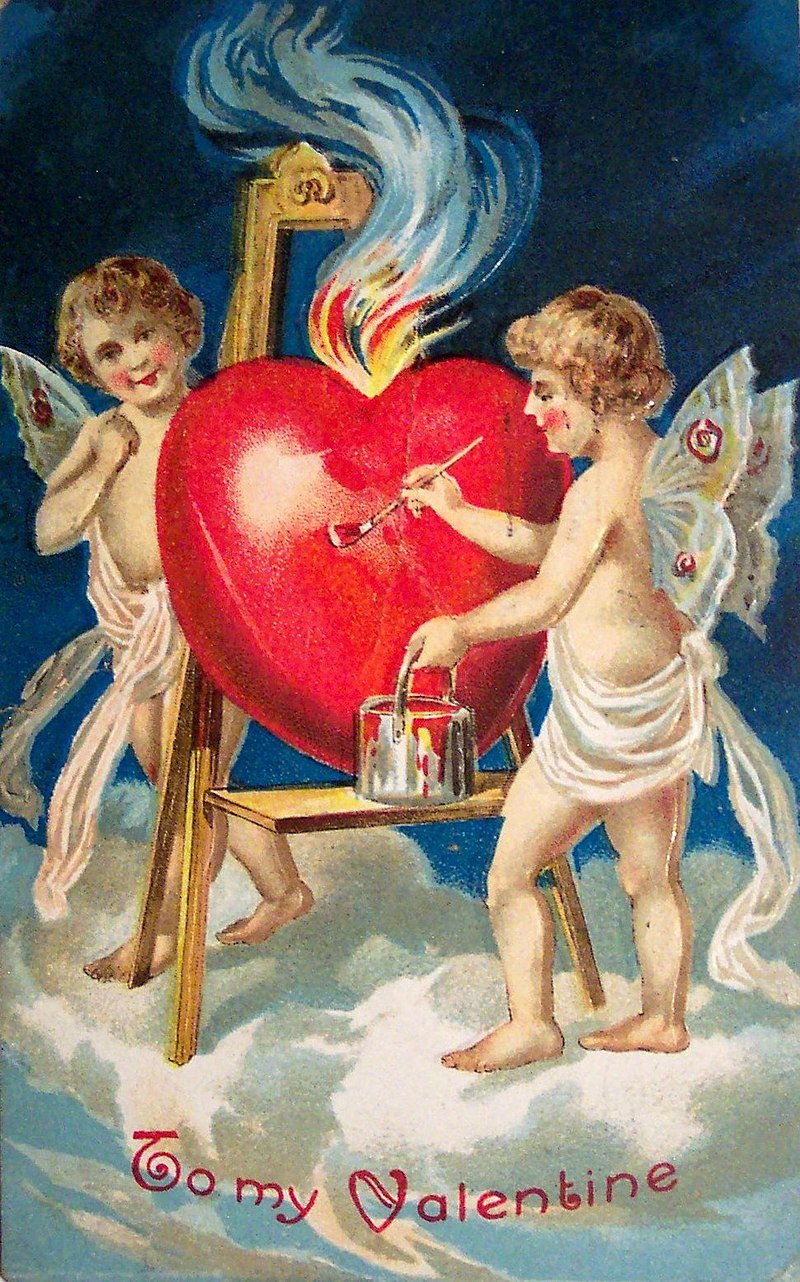Valentine’s Day, celebrated annually on February 14, is recognized around the world as a day to celebrate love and affection between intimate partners. The holiday has origins in the Roman festival of Lupercalia and the later Christian martyr Saint Valentine, but it has evolved into a secular celebration of romance. People express their love through the exchange of cards, flowers, chocolates, and other gifts. Valentine’s Day has become a significant cultural and commercial celebration, despite its historical and religious roots.
Historical Origins of Valentine’s Day:
The origins of Valentine’s Day can be traced back to ancient Rome, where the festival of Lupercalia was celebrated in mid-February. Lupercalia was a fertility festival dedicated to Faunus, the Roman god of agriculture, and Romulus and Remus, the founders of Rome. During this festival, young men would draw names of young women from a box, and they would be paired as romantic partners for the duration of the festival.
Christian Influence and Saint Valentine:
With the rise of Christianity in Rome, the Lupercalia festival was deemed pagan and was eventually outlawed. In the 5th century, Pope Gelasius I replaced Lupercalia with St. Valentine’s Day, in honor of Saint Valentine, a Christian martyr who was executed on February 14th. The exact identity of Saint Valentine is unclear, as there were several martyrs with the same name. However, it is believed that he was a priest who performed secret weddings for soldiers, defying the orders of Emperor Claudius II, who had banned marriage for young men, believing that single men made better soldiers.
Evolution into a Day of Romance:
Over time, Valentine’s Day evolved into a day of romance and love. In the Middle Ages, it was commonly believed that birds began to mate on February 14th, further associating the day with love. By the 18th century, the tradition of exchanging handwritten love notes or “valentines” became popular in England. These valentines were often decorated with lace, ribbons, and intricate designs.
Commercialization of Valentine’s Day:
In the 19th century, the commercialization of Valentine’s Day began. The introduction of mass-produced valentine cards in the United States made it easier for people to express their affection to loved ones. Today, Valentine’s Day is a major commercial celebration, with the sale of greeting cards, flowers, chocolates, and other gifts reaching billions of dollars worldwide. The holiday has expanded beyond romantic love and is now celebrated among friends, family members, and even pets.
Celebrating Valentine’s Day:
Valentine’s Day is celebrated in various ways around the world. In many countries, couples exchange gifts, go out for romantic dinners, or plan special activities together. Red roses, a symbol of love and passion, are a popular choice for Valentine’s Day gifts. Chocolates, especially heart-shaped ones, are also commonly exchanged. Additionally, many people choose to write heartfelt messages in cards or exchange personalized gifts to show their love and appreciation.
SEO Excerpt:
Valentine’s Day, celebrated annually on February 14, is recognized around the world as a day to celebrate love and affection between intimate partners. The holiday has origins in the Roman festival of Lupercalia and the later Christian martyr Saint Valentine, but it has evolved into a secular celebration of romance. People express their love through the exchange of cards, flowers, chocolates, and other gifts. Valentine’s Day has become a significant cultural and commercial celebration, despite its historical and religious roots.
In conclusion, Valentine’s Day is a day dedicated to celebrating love and affection. Its historical origins can be traced back to ancient Rome and the Christian martyr Saint Valentine. Over time, it has evolved into a secular celebration of romance, with people expressing their love through the exchange of gifts and gestures. Despite its commercialization, Valentine’s Day continues to hold significance for many individuals as a day to cherish and celebrate their relationships.

